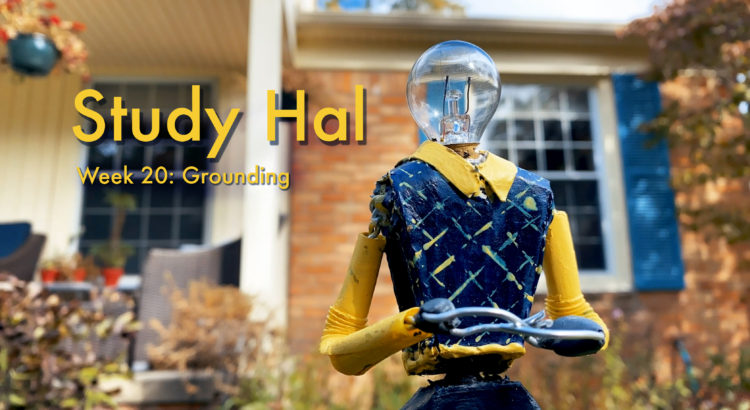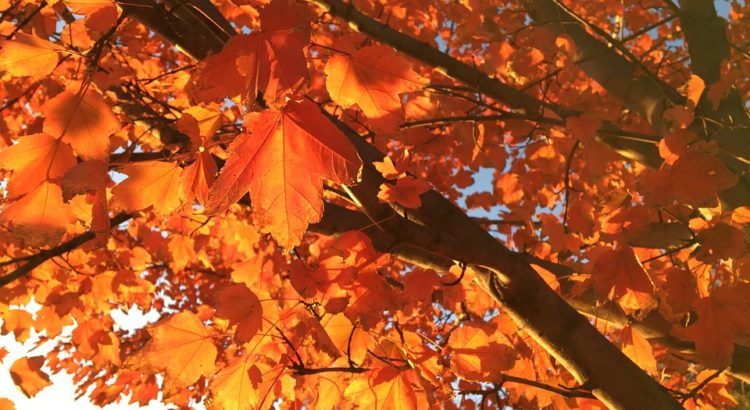For some, saying goodbye to the summer season is a difficult thing to do. For others, welcoming the fall season means preparing for a period of bright colors, cool weather, and a series of holidays. From a personal standpoint, I rejoice at the first sign of “sweater weather.”
Fall, otherwise known as autumn, is full of great weather, good food, and fun activities. The season is perfect for taking a visit to a cider mill, spending time with friends around the campfire, or simply enjoying the scenery. Sunsets in the fall present a brilliant orange hue unlike any other, and the darker, cooler starry nights often seem magical. Vibrant reds, oranges, and yellows cover maple trees, allowing you to gaze at an artistic masterpiece just by looking out the window. Fall is a great time to take a walk outside, as there’s something satisfying about walking under a canopy of fall foliage and hearing the sound of crunching leaves underfoot. In addition to providing natural beauty, the season presents an opportunity for growth, as fall brings a new school year and new experiences.
Fall is a busy time, packed full of events and activities to look forward to. Holidays such as Halloween, Thanksgiving, and Christmas mean plenty of celebrating. There’s also a galore of fun things to do, as the fall season is a great time to go camping, hiking, and more. Seasonal activities such as picking apples, attending a college football game, or conquering a corn maze are great ways to make memories with loved ones. Furthermore, there are opportunities to carve pumpkins, go on a hayride, and share delicious food with family. Along the topic of food, there’s plenty of it, including an abundance of pumpkin pie and sweet potatoes. In addition to traditional seasonal delicacies, there’s apple and pumpkin everything, including that pumpkin spiced latte you love to post about on Snapchat.
Another wonderful thing about fall is the weather. Cold drizzles indicate that it’s the perfect time to light a fire in the fireplace and snuggle up with a cup of tea or hot cider. The words “cute,” “comfy,” and “cozy” come to mind when breaking out the suede boots and fuzzy blankets, as the first slight chill in the air calls for donning comfy sweaters and scarves in preparation for the cooler temperatures. Instead of worrying about drowning in sweat or getting a sunburn, you have the chance to decide which oversized jacket or flannel to wear next.
On a deeper level, fall serves as a reminder of the changing nature of life. During this time, the life cycle of many plants finishes or turns into the other stages, with the dead leaves on the ground disintegrating and turning into part of the soil. The change in scenery presents an opportunity to reflect on the impermanence of things, with the need for us to continuously grow and embrace the present. As such, fall is a great time to think about what we are thankful for. With so many different holidays and activities, it is perfect for cherishing and spending time with loved ones. Overall, fall gives a sense of comfort, fun, and reflection that makes it a truly unique and enjoyable season.



